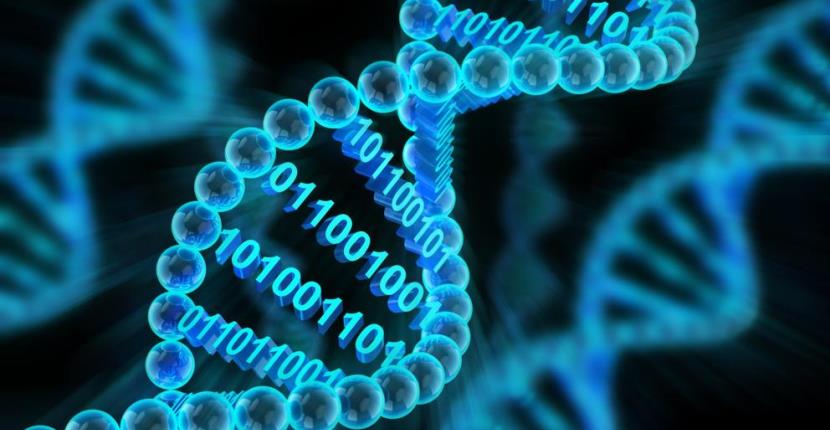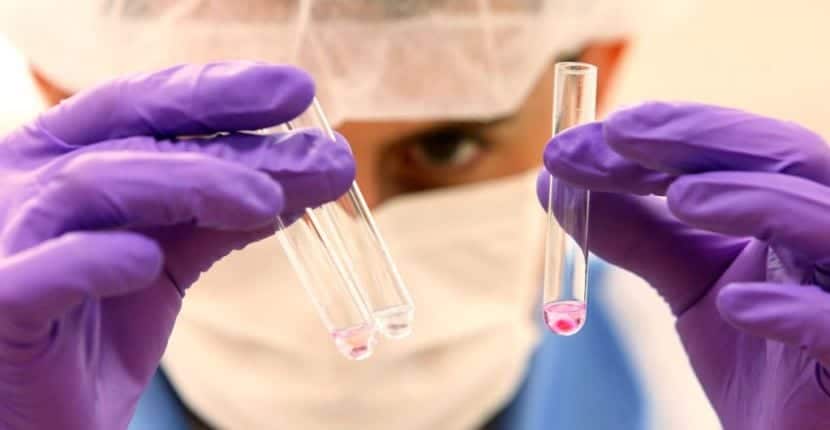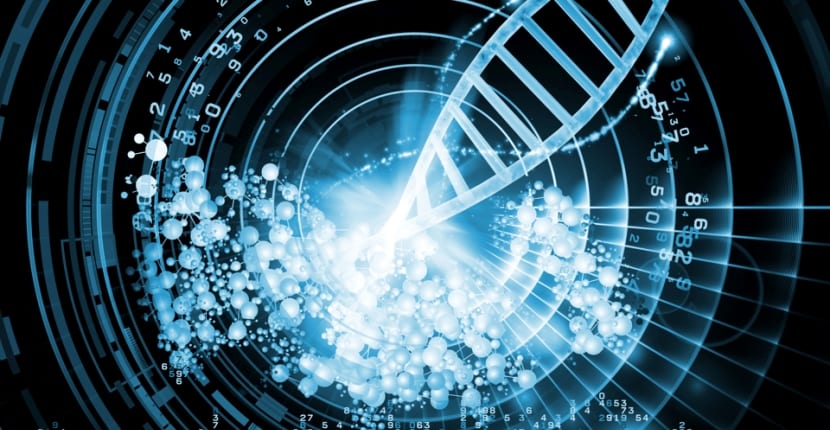
For a long time we have known that there are several teams of researchers from different universities that are trying to develop the necessary technology so that human beings can take another step in their interest in storing all the information that today is capable to generate and, for this, we need storing data in DNA molecules in a durable way. For the moment, as you will surely remember, it has even been achieved save a GIF within the genetic information thanks to the use of the well-known technique CRISPR-Cas9.
One of the latest advances made by researchers in recent weeks has just been revealed through a paper published by the ever prestigious University of Washington. In this document, written and published by one of their most productive teams, we learn that they have been able to hack a computer using deoxyribonucleic acid, something that surely no one could have imagined was possible.

Researchers from the University of Washington manage to hack a computer using a synthetic DNA molecule
Going into a little more detail, since the end of the previous paragraph will have left you a bit cold, to comment that what this team of researchers has really managed to do is to code a malicious program or malware within a small fragment of synthetic genetic code that, as a curiosity, as one of those responsible for the project has commented, the team bought from an online store that sent it to a private address for just U.S. dollar 89.
Once this synthetic DNA purchased on the internet arrived to its new owners, they only had to use their new technique and work methodology to get the aforementioned malware into the DNA sequence to later get successfully hack a computer. Apparently and as they have communicated, all the steps of this work will be shown next week during the celebration of the Usenix Security Symposium which will take place in Vancouver (Canada).

$ 89 is enough for a synthetic DNA sequence to be sent home to you
At this point you are surely wondering how this is possible. Apparently and according to what those in charge of the development of this experiment have revealed, the idea consists of using precisely the way in which DNA is designed.
A DNA molecule of any living being is composed of four types of nitrogenous bases, better known as'letters', A for adenine, G for guanine, T for thymine, and C for cytosine. With this in mind, just tell you that in order to code the malicious software the scientists carried out a equivalence table between the genetic code itself and the binary code of the software itself. The result of this was:
- A = 00
- C = 01
- G = 10
- T = 11
Thanks to this way of working the resulting code after coding was a small DNA chain of only 176 letters.

It only takes 176 letters within a DNA chain to hack a computer
Once they had the software encoded in a DNA strand, the fragment was fed into a computer commonly used by the University of Washington to quaancialize DNA. The result of the project, by secuancializing the chain, was that the researchers were able to hack into the equipment. As is logical and to be expected, it is unlikely that with a chain of this type someone could hack your computer remotely although, the first test of success has already been developed and carried out.
Thanks to this project and given the great evidence of lack of security that this computer had, the researchers, in a new advance in their research, set out to check the security of thirteen of the most used programs when sequencing DNA chains in this type of laboratory. The result of this study was that practically most have potential security vulnerabilities that should be updated and checked periodically.